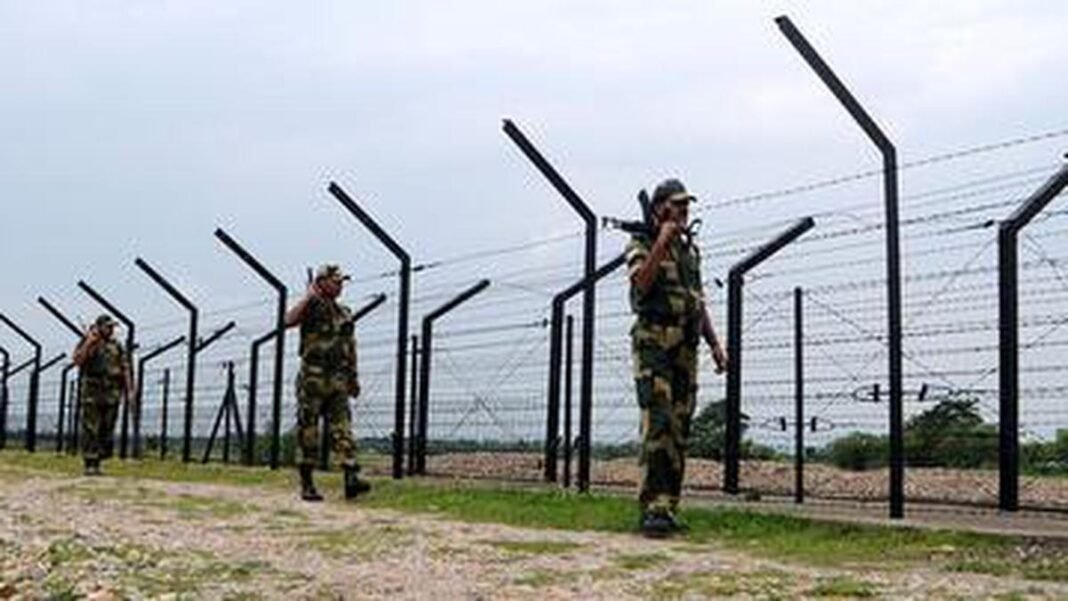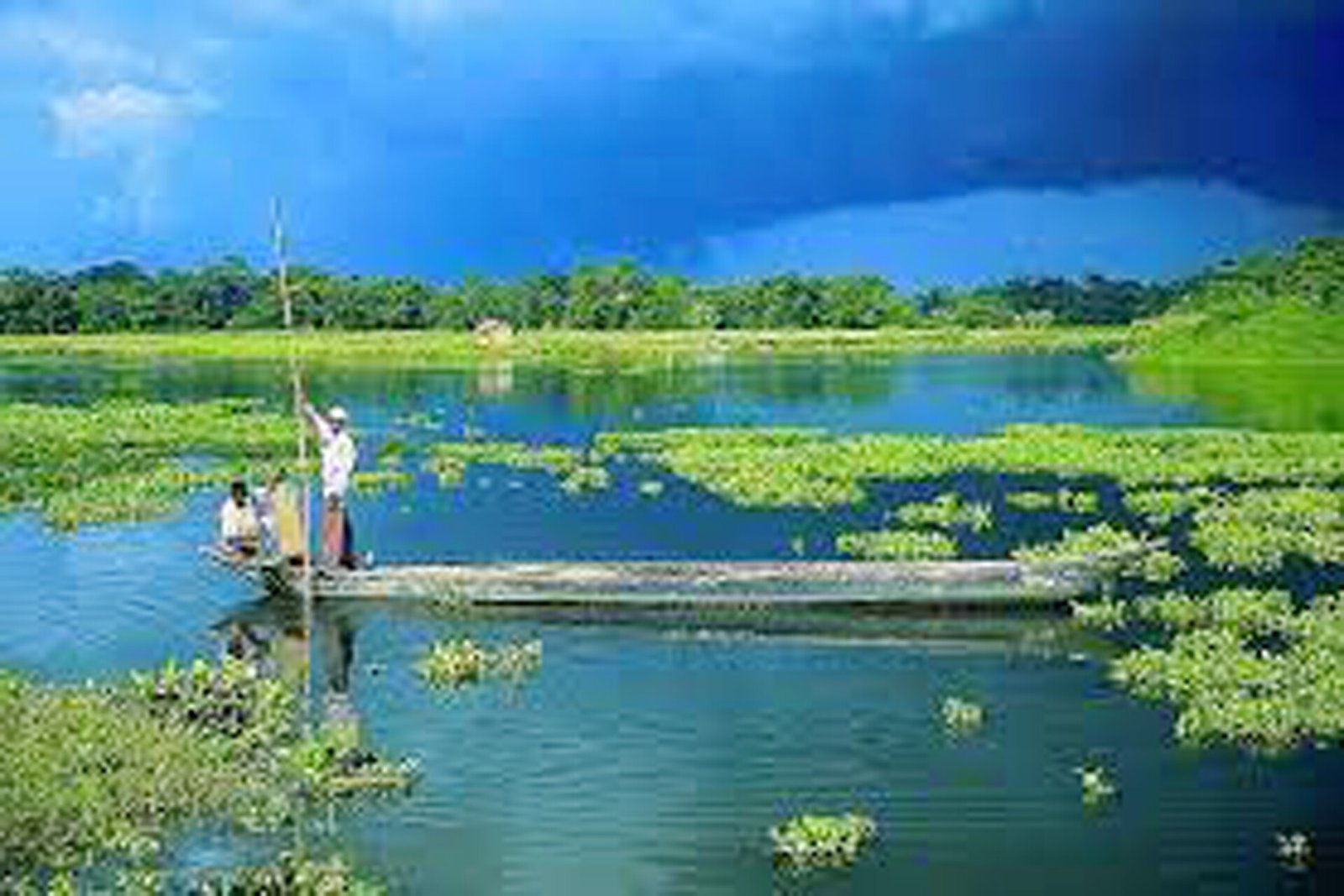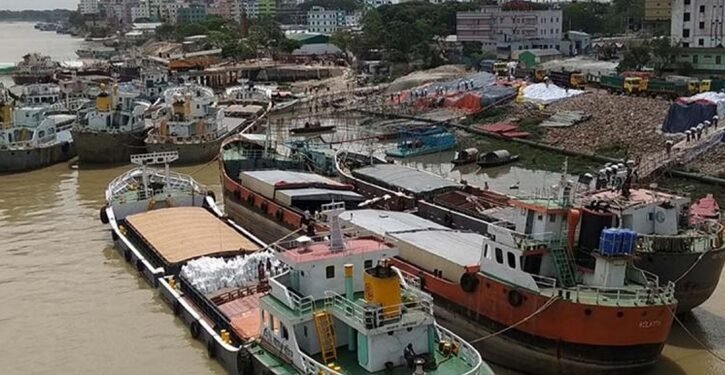By: Dipak Kurmi
India has been struggling to complete the fencing of its 4096.7-km border with Bangladesh due to various challenges. The biggest issue is the time-consuming process of land acquisition, which requires identifying stakeholders, convincing them to sell their land, and determining the compensation amount. This process takes several years and can be further delayed by the opposition of local residents in India’s northeast. The state government also plays a crucial role in resolving the issue, but some have been reluctant to do so, such as West Bengal, which shares a border of 2216.7 km with Bangladesh.
Additionally, the fencing would hinder the lucrative illicit trade in cattle and other contraband items, which would negatively impact the financial interests of many people.
Moreover, some villages are located right on the zero line, making relocation necessary. These challenges have resulted in India missing deadlines for completing the fence along some zones in Assam, West Bengal, and Meghalaya. The BSF has been holding regular meetings with the state governments to resolve these issues.
The government of India has established a novel deadline for the termination of the fence erection along its boundary with Bangladesh, following recurrent inefficiencies over the course of the past thirty years.
As per the recent yearly publication of the Ministry of Home Affairs, a portion of the boundary extending approximately 952 kilometers, which is yet to be enclosed by a barricade, is anticipated to be finished by the month of March in the year 2024, by means of a combination of material and immaterial obstructions.
The India-Bangladesh boundary, which measures 4096.7 kilometers in length, traverses through areas with level topography, watercourse belts, elevated terrain, and tropical forestlands. The erection of the barricade is intended to deter illicit movement of persons and illicit transnational criminal operations. The Ministry of Home Affairs further surmises that a fence would help in inhibiting any “anti-state activities” occurring along the border.
There exist proposals to expand the installation of floodlights, border outposts, combined checkpoints, and highways within a particular duration of time.
Notwithstanding, accomplishing the enclosure’s construction by the designated time limit may not be as facile as expressing the objective. The Ministry of Home Affairs has been contending to surmount impediments at particular sections spanning the border for an extended phase of years.
The previous additional director-general of India’s Border Security Force, P K Mishra, has elucidated the inadequacy of the boundary fence completion by indicating that the central predicament pertains to the acquisition of land bordering the region. Given that the boundary encroaches on as many as five states in India, circumstances transpire in which villages are situated directly on the zero line. In such instances, villages would require displacement, and state governments bear a pivotal responsibility in this respect.
Per Mishra’s viewpoint, the project’s principal obstacle lies in the region of West Bengal, where the boundary extends for 2216.7 kilometers with Bangladesh. The administration of West Bengal, he states, has exhibited an unwillingness to resolve the conundrum.
Mishra also notes that the barrier’s construction could impede the lucrative, illegal trade of livestock and other illegal commodities, which would negatively impact the financial welfare of numerous individuals. Consequently, inhabitants of several villages located along the border have expressed their reluctance to migrate to other locations.
As per another officer, five districts traversing the border -Malda, Murshidabad, and Cooch Behar in West Bengal; Karimganj in Assam; and West Jaintia Hills in Meghalaya-have not yet had the fence erected. He highlighted that the Border Security Force (BSF) has been conducting periodic consultations with the state governments to hasten the resolution of these predicaments.
The land acquisition process constitutes a lengthy endeavour that encompasses several years. The state administration must ascertain the relevant stakeholders, persuade them to sell their land, and determine the amount of remuneration to be issued by the Ministry of Home Affairs. In India’s northeast, prominent government undertakings have suffered setbacks due to the opposition of indigenous inhabitants.
At times, the government’s initiatives to escalate monitoring measures along the border have resulted in the local community displaying animosity. A couple of months ago, denizens of a village situated near the Cooch Behar boundary impeded a road leading to a Border Security Force (BSF) encampment for several hours, urging the authorities to allow them to cultivate crops such as corn and jute beyond the barriers. Incidents have also transpired in which BSF personnel have lost their lives while carrying out border patrols.
As per the regulations mutually established by both nations, the fence must be built at a distance of 150 yards from the zero line. Apart from the challenge of adhering to the timeline, the Indian government has the supplementary obligation of reconstructing the fence at certain zones where it was erected in contravention of the norms. For instance, in Karimganj, the fence excluded eight hamlets. The Border Security Force (BSF) kept the gate unlocked daily from 6 am to 7 pm, extending the duration on Wednesdays and Saturdays. There are proposals to relocate the fence covering a stretch of 5 kilometers.
Nearly a year after the Assam Accord was signed between the government and civil society groups from the state, the construction of the fence began in some regions of Assam in 1986. As per the accord, “the international border shall be made secure against future infiltration by the erection of physical barriers like walls, barbed wire fencing, and other obstacles at appropriate places.”
Bangladesh had opposed the construction of the fence along the border with India, citing a 1975 agreement that prohibited the erection of any military structure within a 150-yard range from the zero line. It was only in 2010 that Bangladesh agreed to the construction of the fence, on the condition that it is necessary due to “humanitarian concerns and geographical realities.” (The author can be reached at dipaknewslive@gmail.com)







